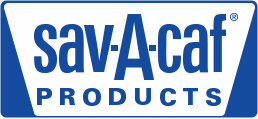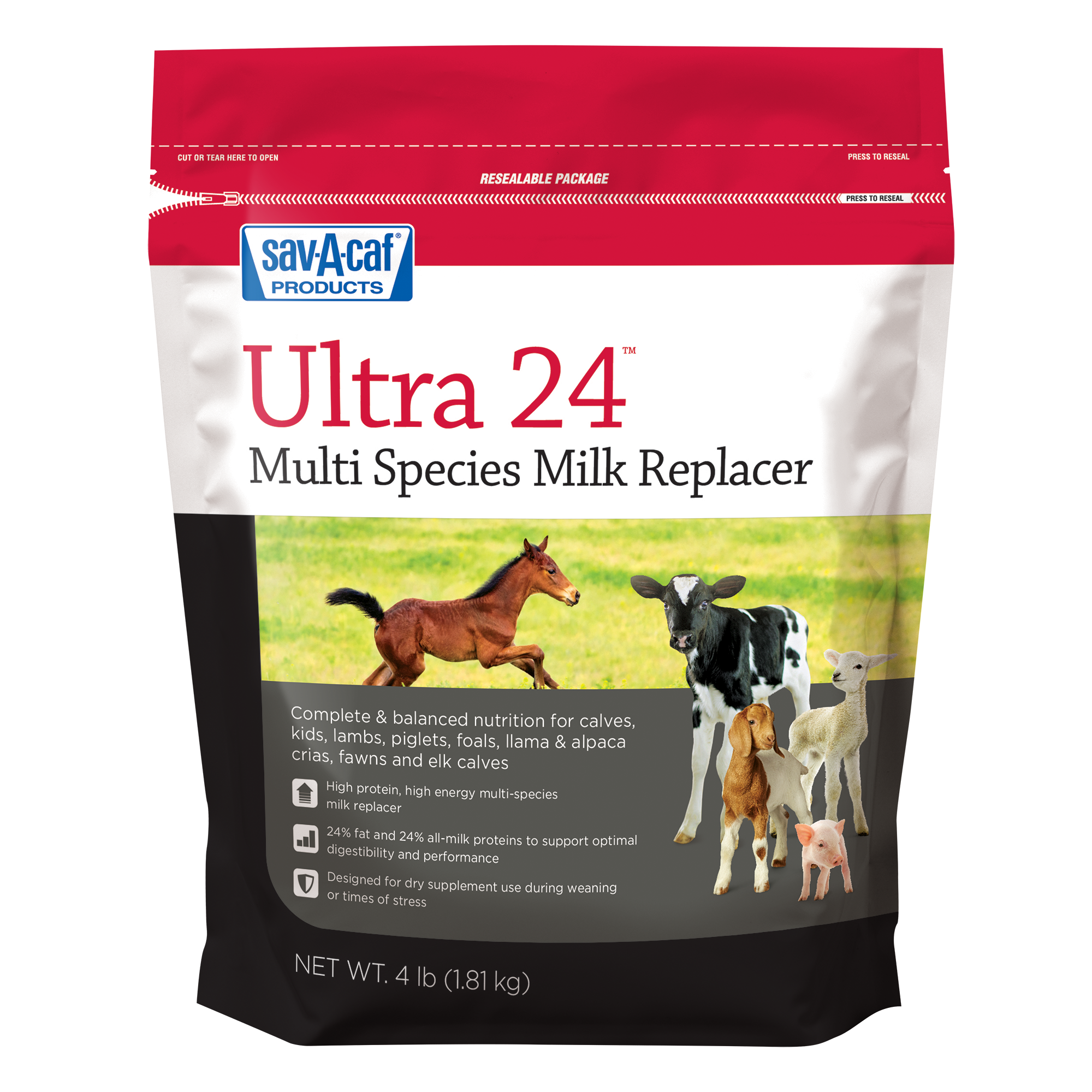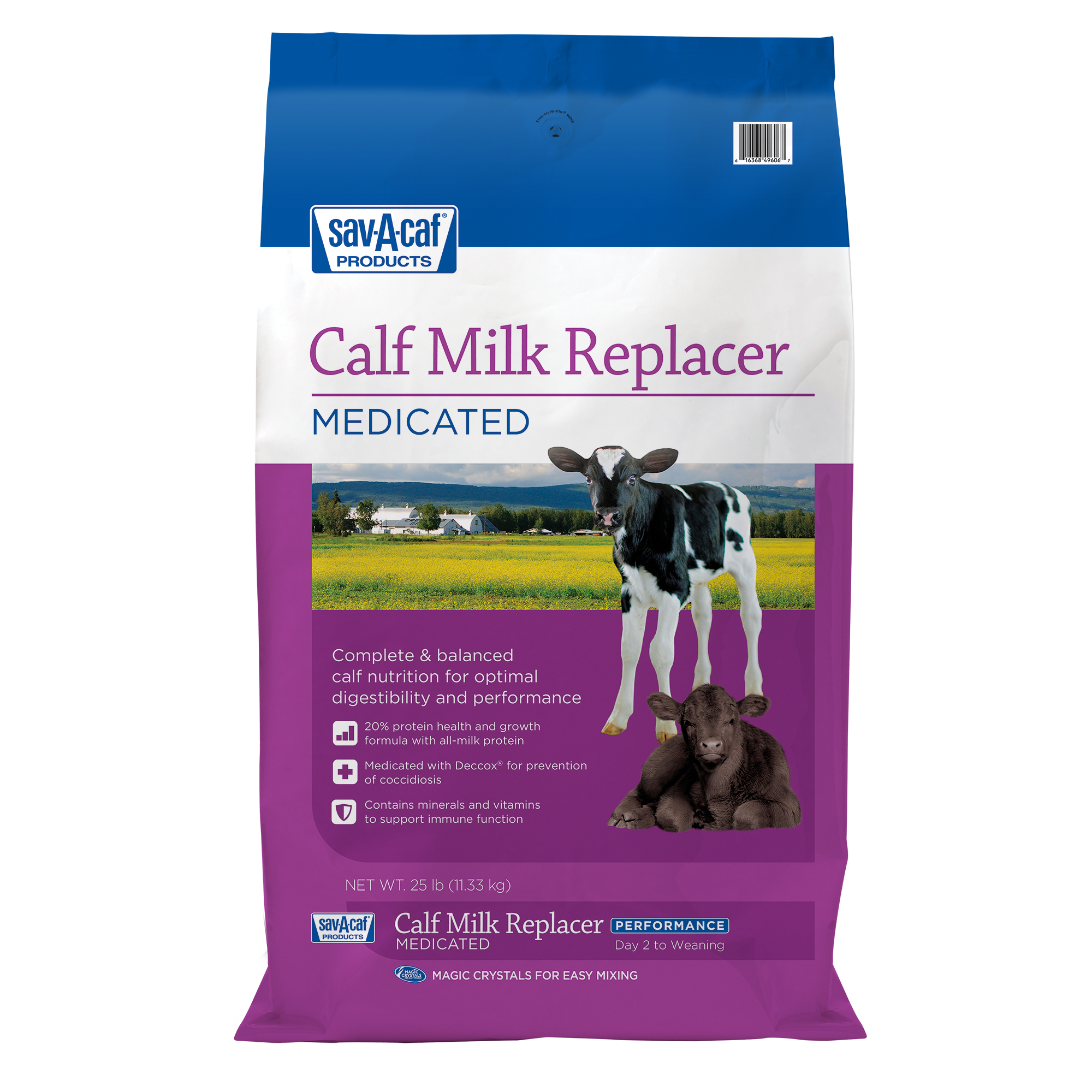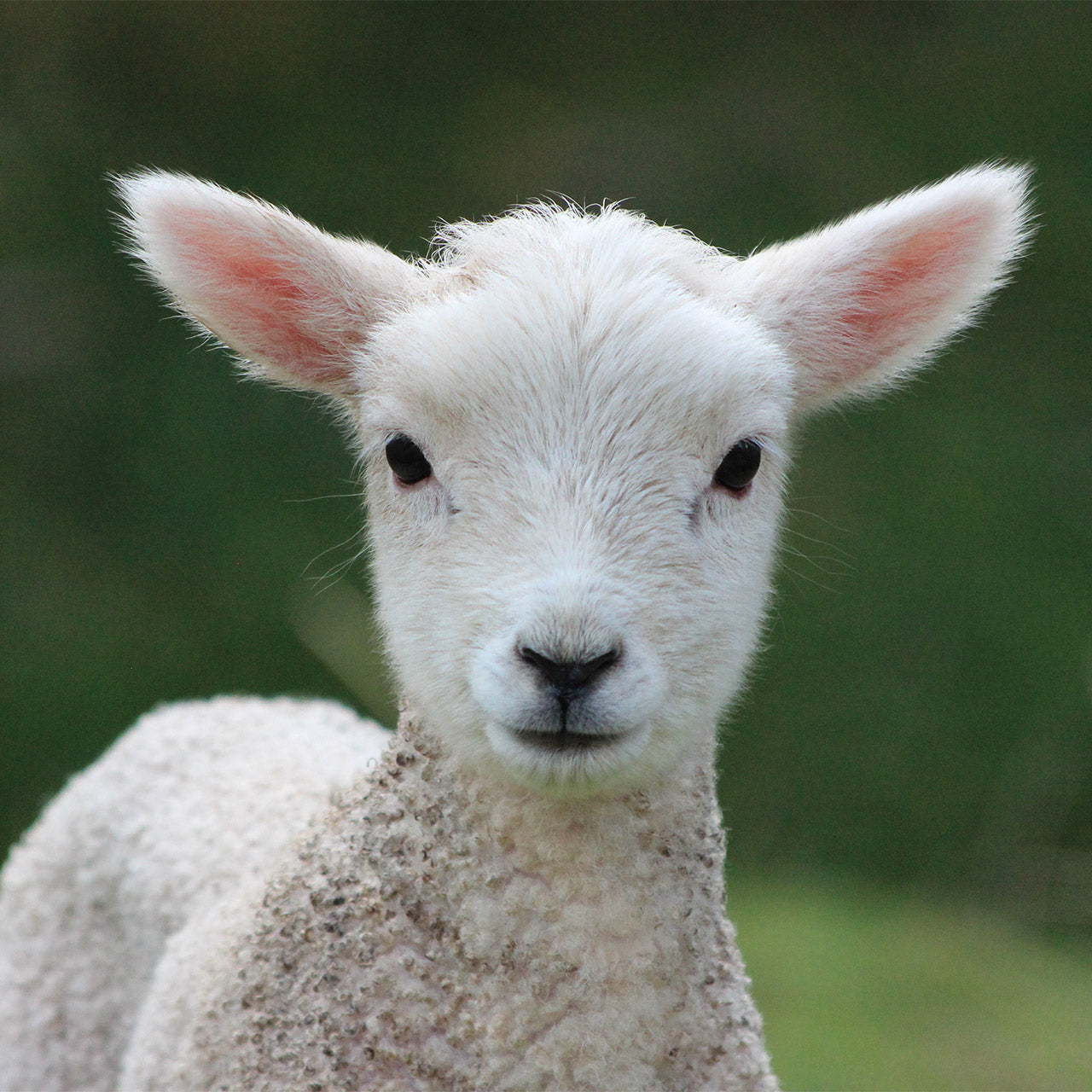
How to choose a lamb milk replacer
When you’re seeking the best for your young lambs, it can be an overwhelming task to choose from all the nutrition products out there. But when you know what you’re looking at when reviewing a product’s label, you can make choices with confidence, knowing you’re providing the nutrition they need.
Before your lambs are born, it is important to prepare by having milk replacer on hand to either supplement or replace ewe milk. Take time to understand what to look for prior to choosing the right product.
Ask yourself the following three questions before selecting a lamb milk replacer:
1. How do I start my search for lamb milk replacer?
When you begin to look for a lamb milk replacer, it is recommended to select one formulated specifically for the species you are feeding. Multi-species milk replacers are available but may not meet the nutritional needs of your lambs.
Ewe’s milk has a different nutritional makeup than doe’s milk, for example. That’s why it’s important to select a species-specific milk replacer formulated to imitate the mother’s milk.
A milk replacer specially formulated for lambs will help ensure they receive the nutrition they need to grow.
Throughout your search, you will find that some lamb milk replacers are available in multiple size packages. Having the option to choose a size that best fits your needs will help keep milk replacer fresh. This will also keep you from you having more on hand than you need.
Consider how many new lambs you will be welcoming before you stock up on lamb milk replacer for the season. Review the label feeding directions to estimate how much you will need.
2. What else should I look for on the lamb milk replacer label?
Milk replacer packaging contains a lot of useful information and knowing what to review on the label can help you decide which one is the best fit.
Guaranteed analysis
Review the guaranteed analysis, which provides a breakdown of the replacer’s nutrients. Crude protein will be listed first and crude fat second.
Crude protein and crude fat are used to describe the milk replacer’s formulation. A 23:30 lamb milk replacer, for example, contains 23% crude protein and 30% crude fat.
Protein and fat are the most important nutrients to evaluate since both are important for growth and development of your lambs. Crude fiber is important to consider because the percentage typically indicates the protein source.
For example, crude fiber above 0.15% indicates there may be a plant protein source in addition to the milk-derived proteins. Check the ingredient list to make sure the protein source is what you are looking for.
Ingredient list
A milk replacer ingredient list includes exactly what the product contains, similar to what you’d purchase from the grocery store.
The primary ingredients are protein and fat sources. Common sources of protein in all-milk milk replacers include whey products and derivatives, skim milk, casein and sodium or calcium caseinate. Typical fat sources include whole milk fat, lard, choice white grease and soy, palm or coconut oil. Milk fat, lard and lesser amounts of palm or coconut oil are the best fat sources.
The list will also include vitamin and mineral supplements, preservatives and flavors. Look for replacers with trace minerals and B-complex vitamins as they are important for lamb growth. Probiotics and yeast extracts are often included in milk replacers to help support the digestive system.
3. Is lamb milk replacer easy for me to feed?
When reviewing lamb milk replacer packaging, read through the feeding instructions.
Feeding instructions should be easy to understand. Step-by-step instructions outlining feeding through the weaning phase will make it easy for you to follow as your lambs grow.
No matter your goals, look for a lamb milk replacer such as Sav-A-Lam® Milk Replacer to support health, growth and performance. Knowing what to look for in a lamb milk replacer and how to use it will help you feel confident raising lambs.
Read more tips on raising lambs or like My Farm Journey on Facebook and Instagram.
Find Solutions for Your Animals
-
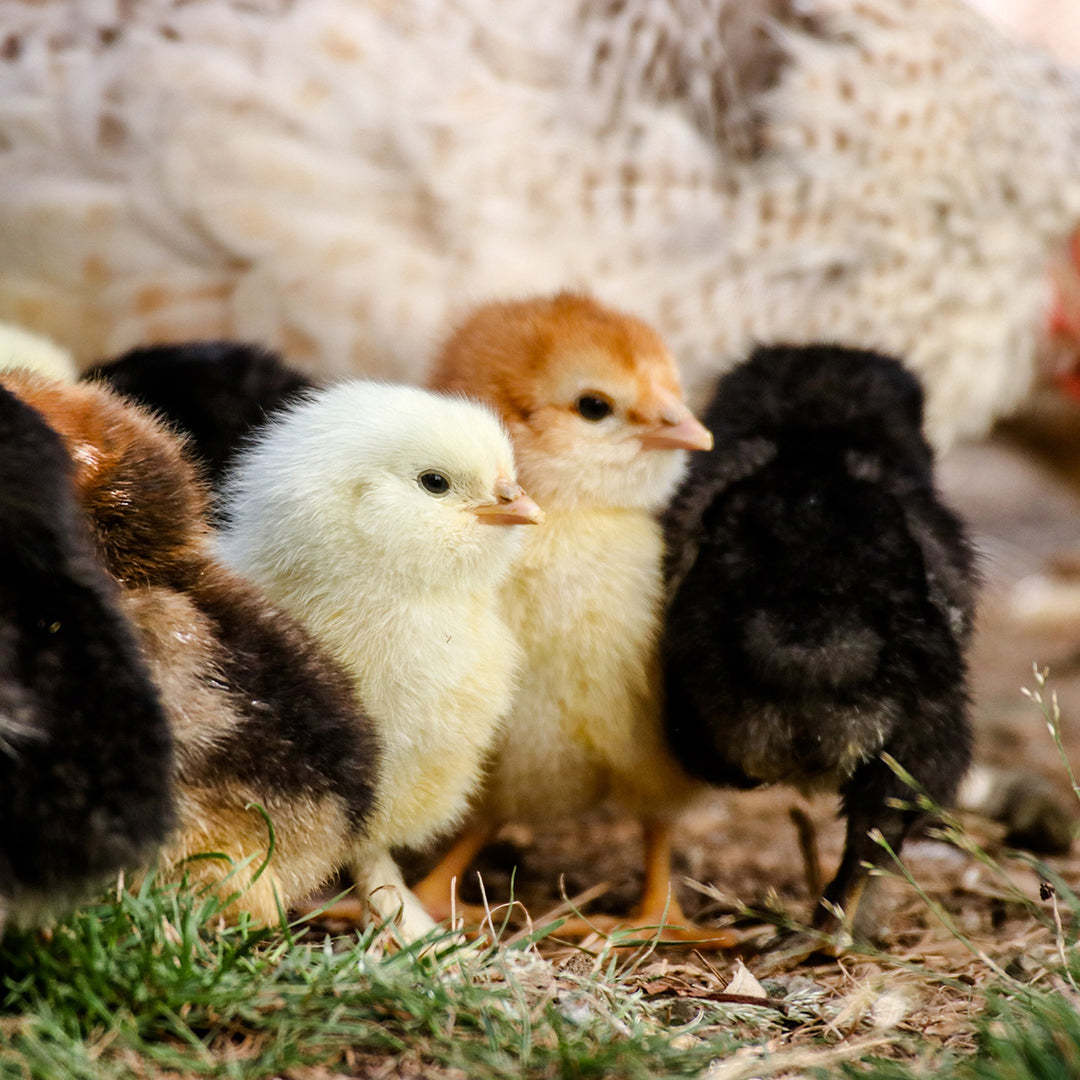
Whether housed in a coop or free ranging on your farm, your birds are exposed to multiple threats every day that could cause illness or impact their well-being. Now there’s a way to be more proactive with regular support for...
-
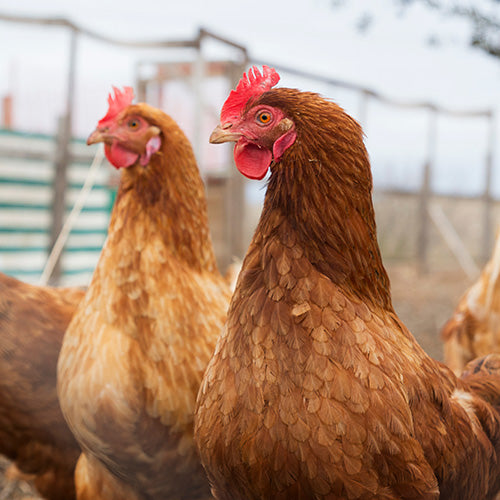
You’ve raised your chicks to adulthood and now they’re fully feathered hens. Way to go! Now, you get to enjoy their eggs and companionship for years to come. To maximize their life, support their production potential and kee...
